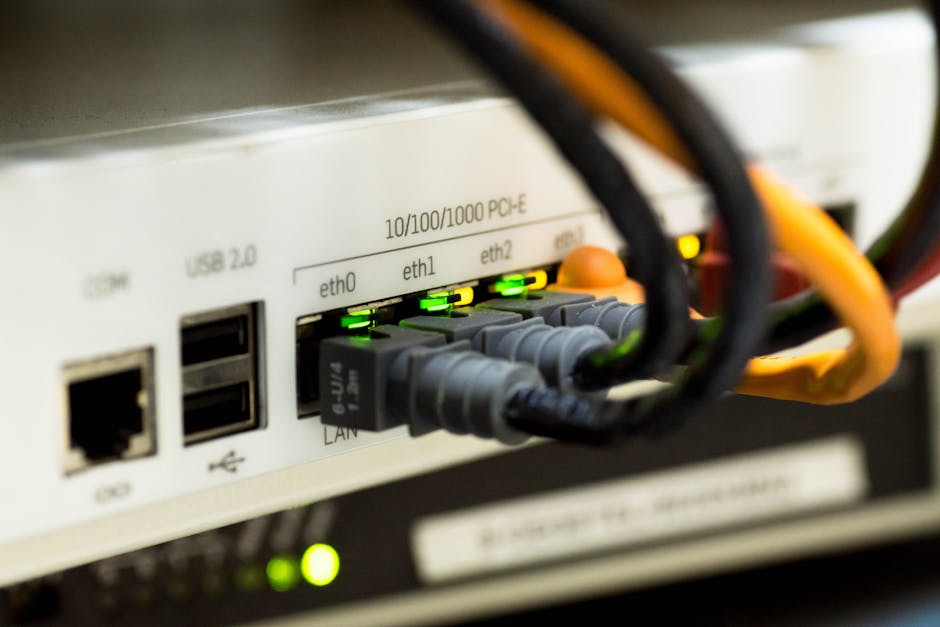
Understanding Authentication and Access Control in IoT
In the fast-evolving realm of the Internet of Things (IoT), ensuring secure device communication is paramount. Authentication and access control are critical components that safeguard data and prevent unauthorized access.
Authentication verifies the identity of devices and users attempting to connect to an IoT network. Techniques such as digital certificates, tokens, and biometric verification can ensure that only legitimate entities gain access. For example, implementing robust authentication methods reduces the risk of malicious devices infiltrating your system.
Once authenticated, access control determines what actions an entity can perform within the system. Role-based access control (RBAC in IoT) allows administrators to assign permissions based on user roles, ensuring that users only access data and functions relevant to their responsibilities.
Effective strategies for access management include multi-factor authentication, encryption, and continuous monitoring. Combining these measures creates a layered security approach, which is vital in protecting sensitive data transmitted between IoT devices and cloud services.
As IoT ecosystems expand, implementing comprehensive security solutions that incorporate robust authentication and access control mechanisms will be essential to maintain trust and operational integrity.
The-hidden-dangers-of-weak-credentials-in-IoT-devices--
How-Biometric-Verification-is-Transforming-Device-Access--
Top-10-Must-Know-Encryption-tips-for-IoT-Developers--
Exploring-the-future-of-quantum-cryptography-in-Internet-of-Things
